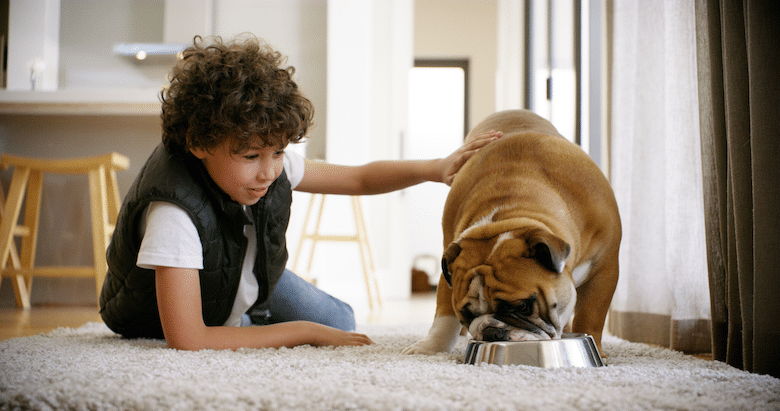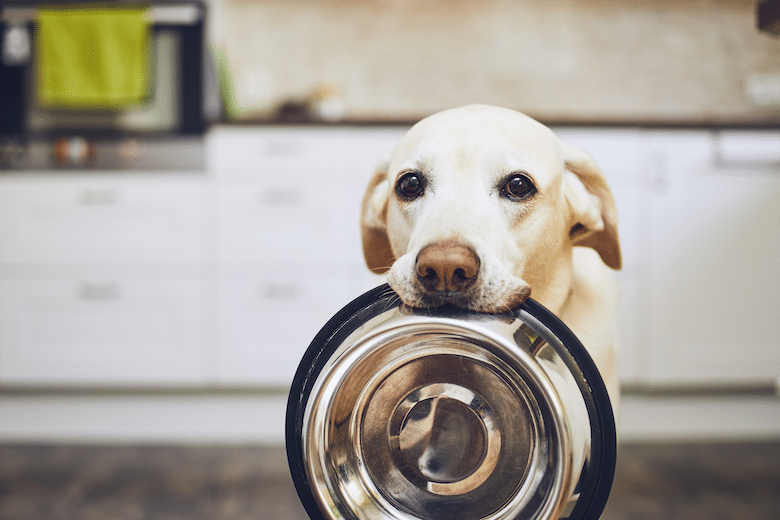Should You Try Holistic Dog Food?
Holistic is a buzzword in human wellness circles and, like many people-food trends (see: ancient grains), it’s made its way to dog dishes.
But, as is often the case with human-to-dog diet trends, the benefits are anecdotal at best. But Dr. Angie Kraus from I and love and you has had plenty of clients asking about it, and she gave us a primer on what holistic food is, what to look for when choosing a brand and some of her pup clients’ favorites.
Related: The Ultimate Guide to Clean Eating for Dogs

Photo: PeopleImages/Getty Images
What is holistic dog food?
Holistic dog food companies have an informed, ingredient-conscious consumer top-of-mind philosophy. “I would consider holistic pet food being pet food where the company is sensitive to the way the ingredient tag looks, meaning they aren’t using toxic preservatives, corn or wheat,” Dr. Kraus says. “They are following the diet trends and what people are looking for in their own diets.”
They likely don’t use by-products, which Dr. Kraus admits are probably just as good as what’s in holistic food, but a customer looking for this type of diet for their dog usually prefers their pup’s meals don’t include them.
Signs a holistic food might be right for your dog
Though many dogs do fine on traditional dog food, some do have issues. “I see more food allergies, so chronic ear infections or chronic diarrhea, itchy skin,” Dr. Kraus says. “There’s a chance the dog is allergic to something, like wheat or corn, and a holistic brand might be worth it.”

Photo: Chalabala/Getty Images
What to look for in a holistic dog food
The most important thing to look for on any dog food is the Association of American Feed Control Officials (AAFCO) label. This means it meets industry health standards. But pet parents need to look beyond the packaging to get the full picture of what’s in the dog food and contact the company. Ask who helps formulate the food and if a veterinarian or animal nutritionist consulting is involved. “Anyone can throw together a recipe and put it out there, but it doesn’t mean it’s formulated very well,” Dr. Kraus says. “See who is formulating it and what kind of quality control you have on each batch to know there’s not too much Vitamin D and every batch is balanced.”
How to transition to holistic dog food
Some pups can go cold turkey, but Dr. Kraus says the safest way to transition is over two weeks. “Do 75 percent old food, 25 percent new food and then slowly transition over time,” she says. Look for any red flags, like vomiting, lethargy or diarrhea — they may be signs your pup isn’t taking well to the food. And of course, before making any changes speak to your vet.
Top photograph: fotyma/Getty Images
Read Next: What Vegetables Can Dogs Eat?




